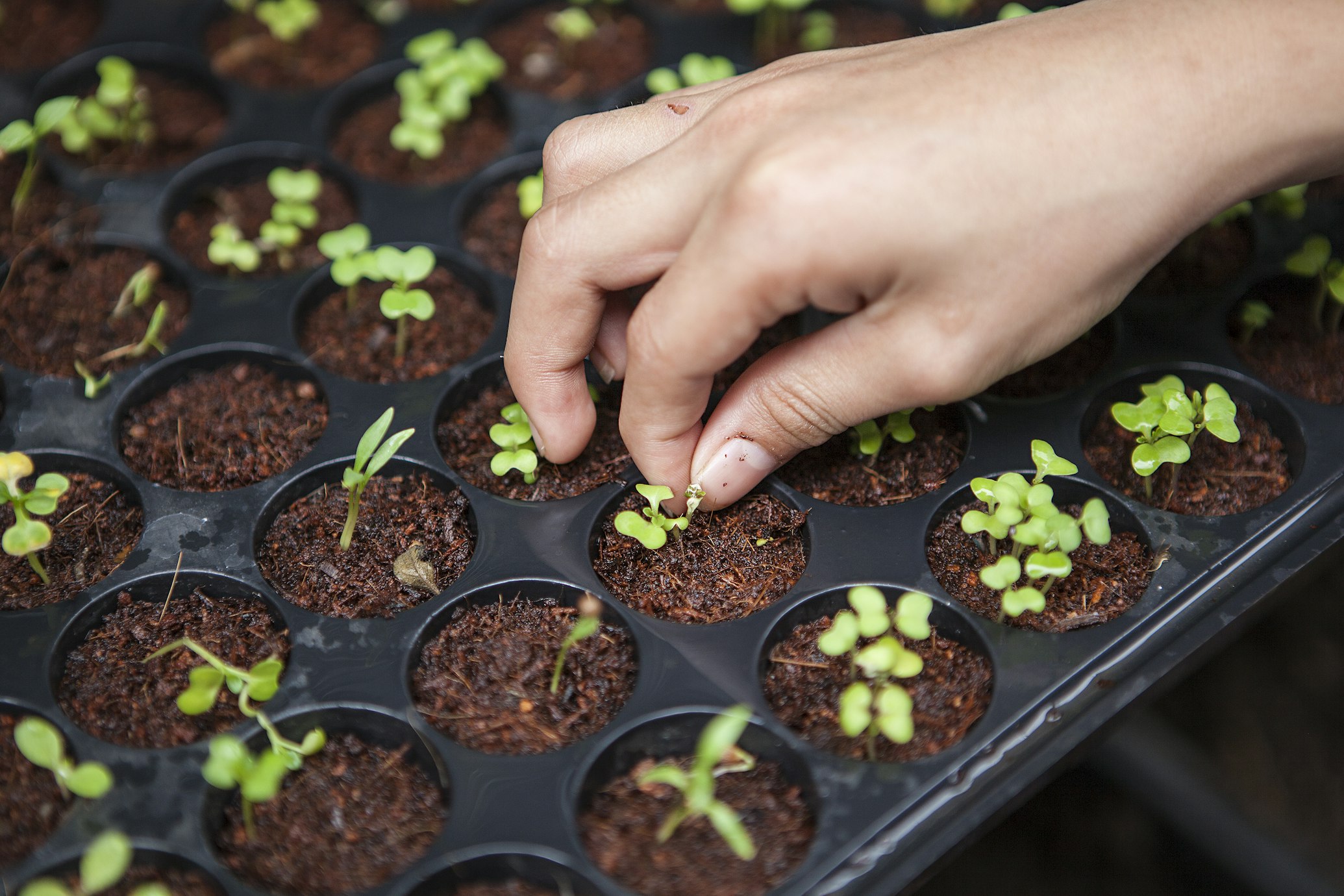The Rumen: A Masterclass in Microbial Collaboration
At the heart of this model is the rumen, the largest of the four stomach chambers. The rumen is an anaerobic (oxygen-free) bioreactor that performs a feat humans cannot: it efficiently breaks down tough plant fibers like cellulose and hemicellulose. It accomplishes this not with its own enzymes, but by hosting a vast and diverse community of microorganisms.
Microbial Ecology
The study of the interactions among microorganisms and their environment. In the rumen, this means understanding how bacteria, archaea, protozoa, and fungi coexist and work together.
Systems Biology
An interdisciplinary approach that focuses on the complex interactions within biological systems, aiming to understand the system as a whole rather than just its individual parts.
Symbiosis
The relationship between the host animal and its microbiome is a perfect example of mutualism. The microbes get a warm, protected home and a constant supply of food.
Key Insight: The microbes produce Volatile Fatty Acids (VFAs) like acetate, propionate, and butyrate, which the cow absorbs as its primary energy source. They also synthesize essential vitamins and microbial protein, which the cow later digests .

A Key Experiment: Mapping the Rumen's Social Network
To truly grasp how the rumen works, scientists moved from simply cataloging its inhabitants to understanding their functional relationships. A pivotal experiment in this field aimed to answer: "How does a sudden change in diet alter the metabolic network of the rumen microbiome?"
Methodology: A Step-by-Step Breakdown
Researchers designed a controlled feeding trial to observe the rumen ecosystem in a state of flux.
Experimental Design
- Baseline Period: A group of identical dairy cows were fed a standardized diet of pure grass hay for two weeks. Rumen fluid samples were collected daily via a harmless stomach tube.
- Dietary Shift: Suddenly, the diet was switched to one containing 60% hay and 40% starchy grains (like corn or barley).
- Sampling & DNA Sequencing: Rumen fluid samples were collected at multiple time points after the switch (e.g., 1, 3, 7, and 14 days). From these samples, scientists extracted all the genetic material (DNA).
- Metagenomic Analysis: This "community DNA" was sequenced using high-throughput techniques.
- Metabolite Profiling: In parallel, the concentration of key metabolites—like the VFAs and methane—in the rumen fluid was measured.

Results and Analysis: An Ecosystem in Transition
The results revealed a dramatic and rapid restructuring of the rumen's social and functional network .
- Microbial Population Shift
- Metabolic Pathway Change
- Unintended Consequences
The starch-rich diet caused a bloom in starch-digesting bacteria while fiber-digesting specialists declined. With more starch available, the primary fermentation pathway shifted, increasing propionate production while decreasing acetate. The rapid fermentation also led to a temporary drop in rumen pH (acidosis) .
Conclusion: This experiment demonstrated that the rumen is a dynamic, interconnected system. A change in one input (diet) doesn't just change one population; it cascades through the entire network, altering the community structure, its functional output, and even the animal's health and greenhouse gas emissions .
Data from the Rumen: A Snapshot of Change
The following data visualizations summarize the core findings from the hypothetical experiment described above.
Microbial Population Shifts
Shift in Key Microbial Populations After Dietary Change
Key Insights
The starch-rich diet caused:
- Bloom in amylolytic bacteria (starch-digesting)
- Decline in cellulolytic bacteria (fiber-digesting)
- Slight increase in methanogenic archaea
This demonstrates how diet directly shapes the microbial community structure .
Metabolic Changes
Change in Volatile Fatty Acid (VFA) Profile
Rumen Environment Metrics
Data Interpretation: VFAs are the main energy source for the cow. Their proportions indicate the primary type of fermentation occurring. The shift from acetate to propionate production reflects the change from fiber to starch fermentation . The pH drop and methane emission changes show how dietary changes can create unintended consequences in the rumen ecosystem.
The Scientist's Toolkit: Deconstructing the Rumen
To conduct these groundbreaking studies, researchers rely on a suite of sophisticated tools. Here are the key "Research Reagent Solutions" and materials used to study the rumen microbiome.
Rumen-Cannulated Animals
A surgically and ethically installed fistula allows for the repeated, non-invasive collection of rumen fluid and solid contents.
High-Throughput DNA Sequencer
The workhorse machine that reads the millions of DNA fragments extracted from a rumen sample.
Bioinformatics Software
The "brain" of the operation analyzing massive genetic datasets to identify species, genes, and metabolic pathways.
Anaerobic Chamber
A sealed glove box filled with an oxygen-free gas mixture used to culture sensitive rumen microbes.
Gas Chromatograph
A precise instrument used to measure the concentration of specific gases and metabolites produced during fermentation.
Metabolite Assay Kits
Specialized chemical tests to quantify specific fermentation products like VFAs and ammonia.
Conclusion: A Living Lesson for the Next Generation
The humble cow's stomach is more than just a digestive organ; it is a powerful educational model. For a post-secondary student, it provides a tangible, well-defined, and highly relevant system to learn the principles of microbial ecology and systems biology .
The concepts learned from the rumen—how diversity creates stability, how cross-feeding and competition shape communities, and how external pressures can disrupt an entire network—are universally applicable. They extend to the human gut microbiome, to soil health on our farms, and to the health of our planet's oceans .
By peering into the rumen, we are not just learning how to feed cattle; we are learning a fundamental language of life itself.
